Hand coffee grinders
Find the best hand coffee grinder for espresso, pour over, French press and more. We reviewed 7 models for grind range, consistency and ease of use.
Are you looking for the best hand coffee grinder for espresso or a versatile option for pour over and other brewing methods? We’ve tested models from Wacaco, Hario, Rhino and more to find which perform well across a range of grind settings.
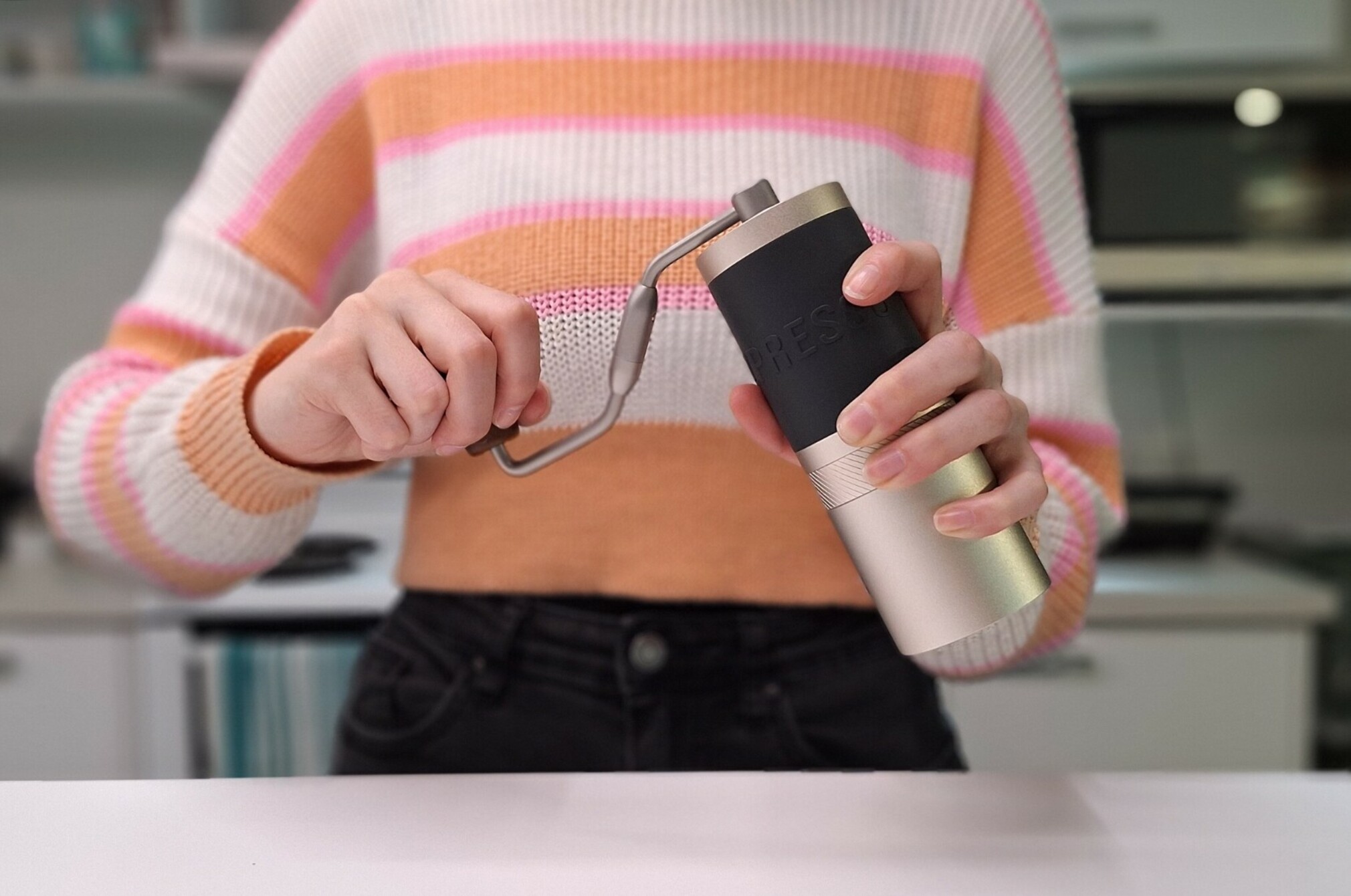
Hand coffee grinders go by a few other names: manual coffee grinders, portable coffee grinders, travel grinders and coffee mills. They allow you to grind your coffee beans fresh wherever you are. They’re also significantly less expensive and less bulky than decent electric coffee grinders.
-

Most consistent and versatile grinder
-

Best design – hand coffee grinder
-

Best budget coffee grinder
-

Most portable coffee grinder

Get access to Consumer & see all reviews
✔ Personal support through our Consumer Rights Advice Line
✔ Premium articles and in-depth buying advice
✔ Add a Consumer magazine for even more exclusive content
Coffee grinding mechanisms
Hand coffee grinders have burrs that grind the coffee beans through a fixed gap, so all particles end up the same size. This means the coffee will extract evenly and have the best possible flavour.
By contrast, the blades typical of cheap electric coffee grinders chop rather than grind the beans. And the beans stay bouncing around in the bowl – some hitting the blades many times, others few. This results in significant variation in particle size. In addition, the finest particles can be like powder and clog up your brewing device.
While the burrs of manual coffee grinders typically provide a consistent grind, some are better than others, particularly at the coarse end of the range.
Check our hand coffee grinder test results to see which models perform consistently across a range of grind settings.
Types of burrs for hand coffee grinders
The burrs of hand coffee grinders are either ceramic or stainless steel.
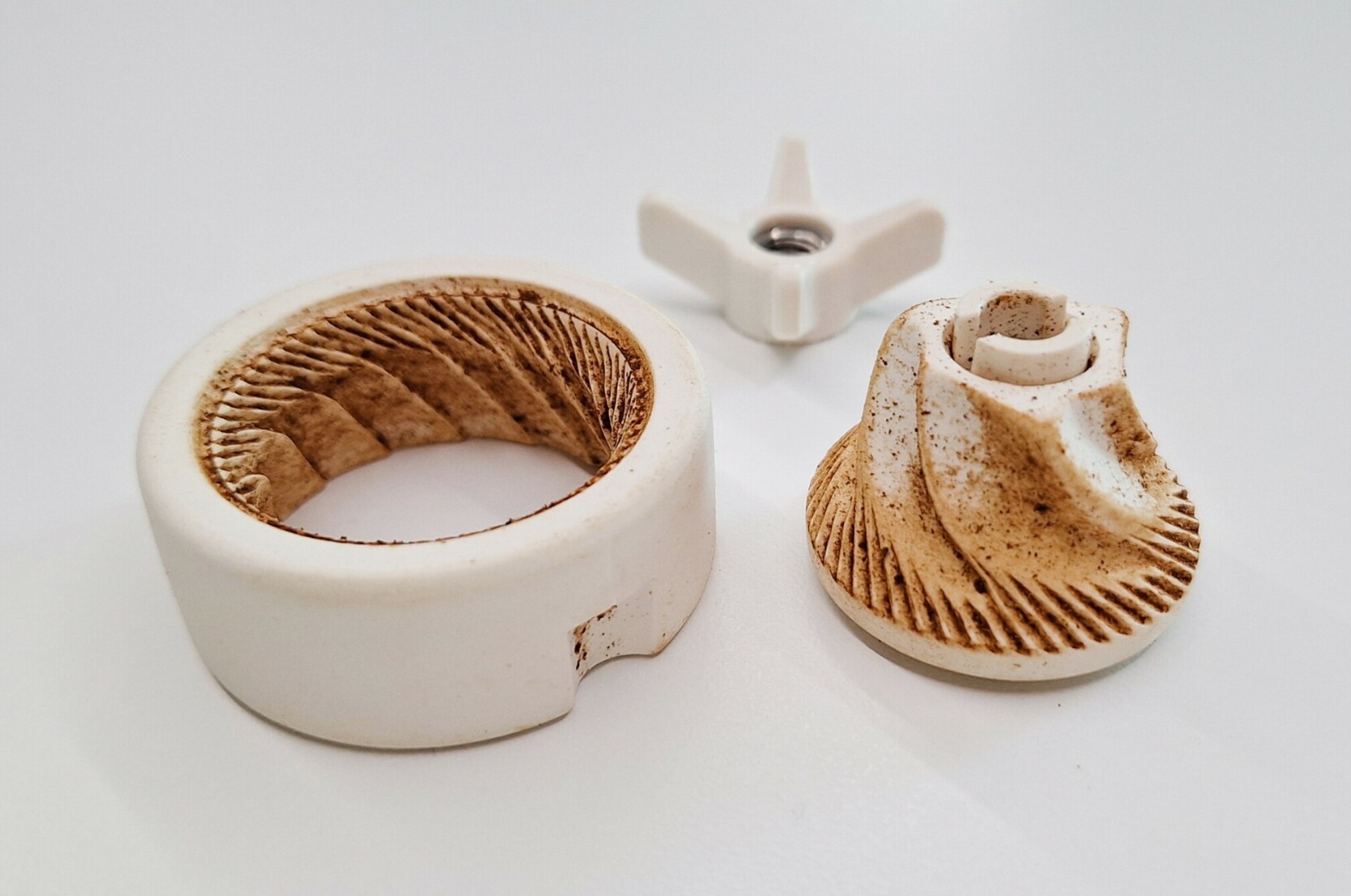
Ceramic burrs are known to stay sharp. In addition, they won’t corrode and don't heat up as much as stainless steel burrs during grinding. But they’re more brittle than steel and can break if dropped.
Stainless steel burrs are initially sharper than ceramic burrs but dull faster. However, they’re very strong and are unlikely to break. They’re also highly resistant to corrosion. Stainless steel burrs heat up more during grinding than ceramic ones, which can affect the coffee’s flavour.
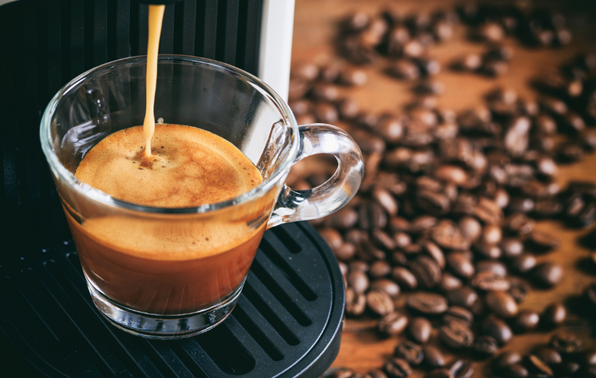
Best coffee machines in 2025
Want café quality coffee at home? Check out our buying guide and test results to find the right machine for you. We’ve tested manual, automatic, semi-auto and capsule machines from Breville, DeLonghi, Gaggia and more.
Hand coffee grinder features
Consider the following features when choosing a hand coffee grinder.
Capacity: Most of the hand coffee grinders we’ve tested have a 20g capacity coffee bean hopper. Some are slightly smaller, and some have double the capacity. Make sure you choose a coffee grinder that has a large enough capacity for the amount of coffee you to want to make.
Grind settings: Choose a coffee mill that has the grind settings you need. Not all models can grind fine enough for espresso. And some have just six or fewer grind settings. This means you can’t fine-tune the grind for certain brewing devices and tastes. The best hand coffee grinders have a large number of grind settings that range from the finest to the coarsest possible grind.
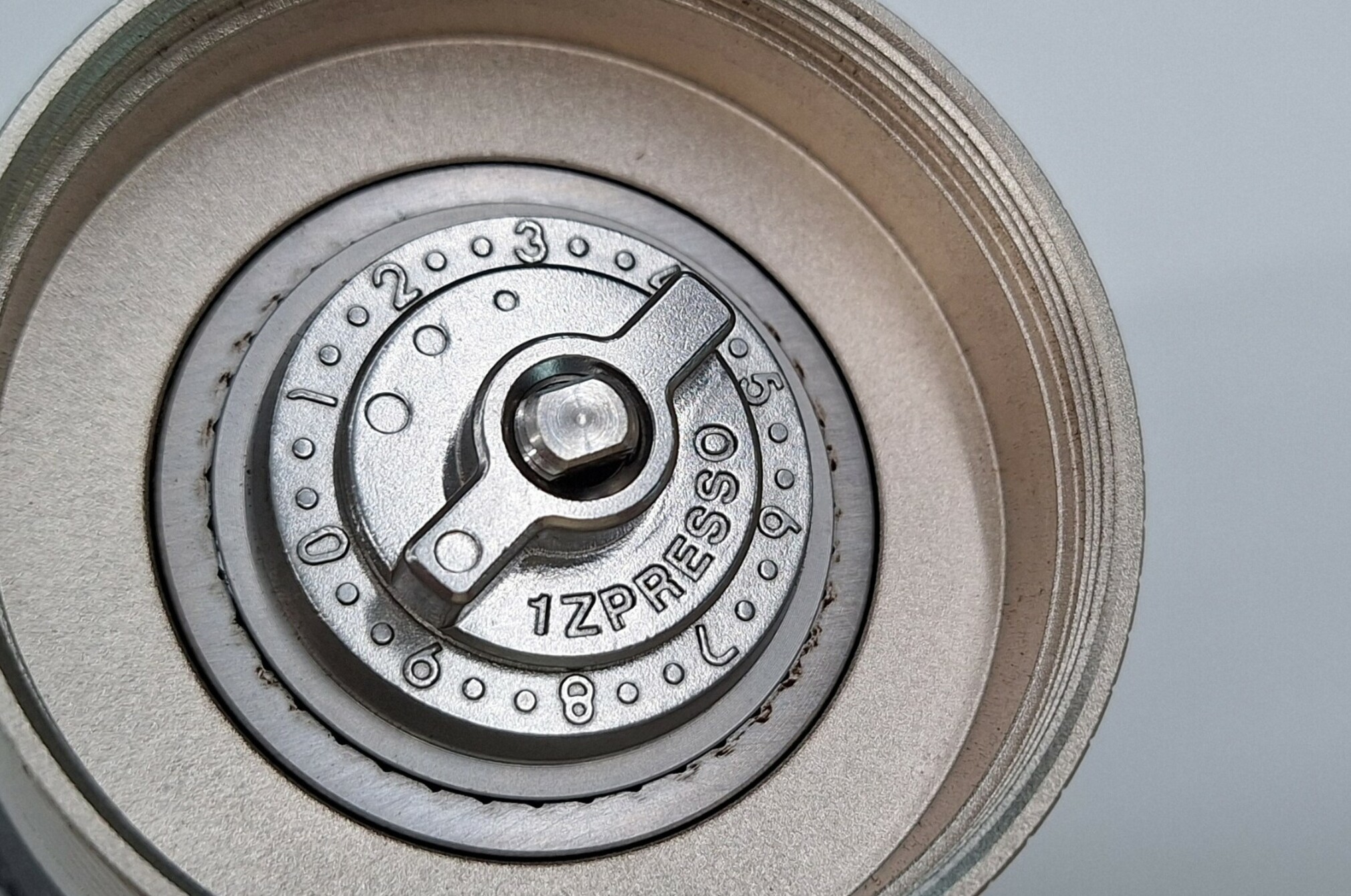
Increments of adjustment: The increments of adjustment for manual coffee grinders are sometimes indicated in microns. The smaller the number, the finer the adjustment. This means you can more precisely tune your grind to your brewing style and taste. Some portable grinders have increments of just 25 microns per adjustment.
Weight and size: Lightweight and compact coffee grinders are more portable – this might be important to hikers and bikers. Our test results include the weight and dimensions of each grinder.
Materials: Hoppers, grinds cups and adjustment mechanisms made of stainless steel and aluminium are more robust than plastic parts. But stainless steel is relatively heavy. Some hand coffee grinders have a glass grinds cup, which is heavier and more fragile than metal or plastic.
Grinds cup fitting: Grinds cups that screw onto the coffee mill’s upper section stay in place during grinding. Some models have a push-on grinds cup, which can rotate while grinding, reducing your grip. To get a better grip on such a grinder, you need to shift your support hand up to the hopper section, which can be less comfortable.
Grip: Hand grinders with a rubber sleeve provide grip when grinding – particularly at the finest settings where there’s more resistance. But a sleeve that slips during grinding will reduce grinding performance rather than improving your grip. Our test results record which hand coffee grinders have an effective grip.
Handle: Curved handles, with the arm shaped away from your hand as it rotates, prevent your knuckles being caught during grinding. The handles of most manual coffee grinders are removable or foldable for transport. Some include a handle retainer, which helps hold the handle flush to the body for transporting purposes. Large handle knobs are more comfortable to hold than smaller ones.
Removable adjustment nut: Most handheld coffee grinders have an adjustment nut that can be unscrewed and removed. This allows you to dismantle the burrs to clear out residual grinds so they don’t taint your freshly ground coffee.
Accessories: Some portable coffee grinders come with a brush to sweep away residual grinds, and some come with a travel case. The quality of these accessories varies.
Check out our hand coffee grinder test results to find a model with the features you want.
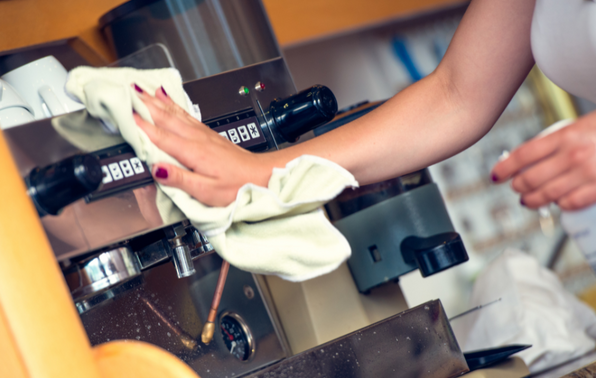
How to clean your espresso machine
Here’s how to maintain your manual or semi-automatic espresso machine to maximise its lifespan and ensure it keeps making great coffee.
How fine should I grind my coffee?
If the grinds are too coarse for the brewing method, your coffee will be weak in flavour. Too fine, and they can clog up the brewing device. Follow the instructions for your coffee grinder – many include information for different brewing methods. Below is a rough guide to some common brewing styles and devices.
- Extra-fine: Turkish
- Fine: espresso, moka pot
- Fine-medium: AeroPress
- Medium: pour over (Hario V60, Chemex), drip
- Medium-coarse: siphon
- Coarse: plunger / French press, percolator
- Coarse-extra-coarse: cold brew.

Which portable coffee makers are best?
We trialled six portable coffee makers from five brands. We assessed how easy and satisfying they are to use, the quality of brew produced, and how easy they are to clean.
How to use a hand coffee grinder
-
Start adjusting from the finest setting. Most handheld coffee grinders have an adjustment nut, which you turn clockwise for finer grinds and anticlockwise for coarser. No matter what grind you want, tighten the nut to the finest grind setting, then adjust back only as far as you need for your preferred brewing method.
This will prevent the adjustment nut coming off and the grinding mechanism falling apart – some are spring loaded.
Note: Adjustment nuts are removable, so you can dismantle and clean the grinding mechanism.
Avoid grinding on the finest setting. Burrs can get damaged if they grind against one another and it can make grinding difficult or impossible.
Choose an appropriate grind setting for your brewing method, then experiment to suit your taste. Go slightly finer for a richer flavour or slightly coarser to reduce the intensity.
Weigh your beans. If you always use the same amount, you’ll have better consistency in flavour.
Grind only what you need to make your coffee. Ground coffee oxidises quickly, which can negatively affect the flavour of your brew.
Use a consistent tempo to rotate the coffee mill’s handle, and don’t go too fast. This will give you the best chance of grinding your beans to particles that are all the same size.
-
Don’t skip cleaning. Brush residual grinds out of the grinder’s bean hopper and grinds cup regularly. And, if possible, dismantle and clean the burrs from time to time. This will prevent old grinds leaving a rancid residue that taints the fresh grinds and flavour of your coffee.
Note: The user manual for many hand coffee grinders states not to clean with water. Check the manufacturer’s instructions before cleaning.
See our 5 tips to get the most from your coffee to help you make the best tasting brews.
We've tested 8 hand coffee grinders.
Find the right one for you.
.jpg&w=315&q=75)
.jpg&w=315&q=75)
.jpg&w=315&q=75)